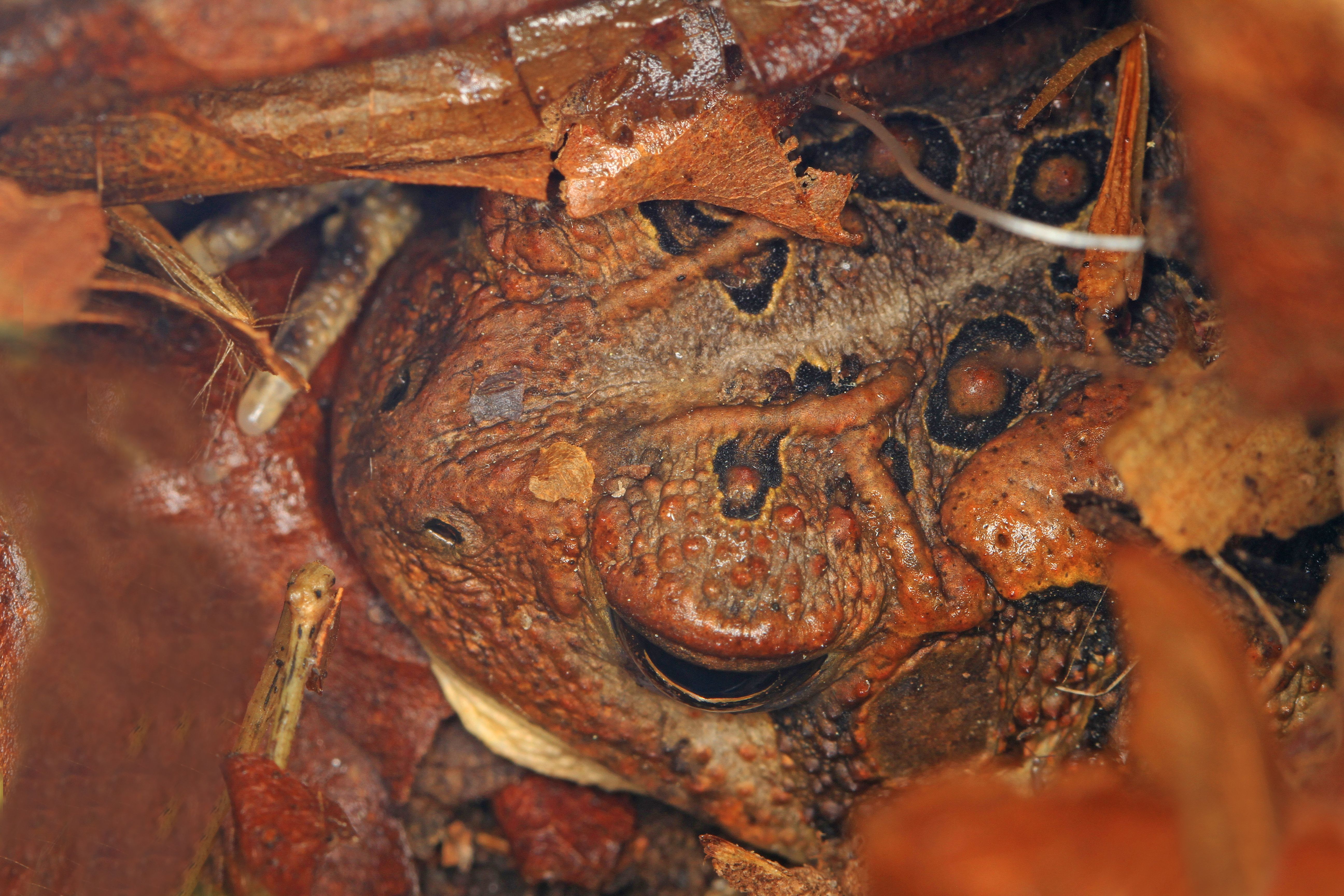Leave the Leaves!
go.ncsu.edu/readext?833942
en Español / em Português
El inglés es el idioma de control de esta página. En la medida en que haya algún conflicto entre la traducción al inglés y la traducción, el inglés prevalece.
Al hacer clic en el enlace de traducción se activa un servicio de traducción gratuito para convertir la página al español. Al igual que con cualquier traducción por Internet, la conversión no es sensible al contexto y puede que no traduzca el texto en su significado original. NC State Extension no garantiza la exactitud del texto traducido. Por favor, tenga en cuenta que algunas aplicaciones y/o servicios pueden no funcionar como se espera cuando se traducen.
Português
Inglês é o idioma de controle desta página. Na medida que haja algum conflito entre o texto original em Inglês e a tradução, o Inglês prevalece.
Ao clicar no link de tradução, um serviço gratuito de tradução será ativado para converter a página para o Português. Como em qualquer tradução pela internet, a conversão não é sensivel ao contexto e pode não ocorrer a tradução para o significado orginal. O serviço de Extensão da Carolina do Norte (NC State Extension) não garante a exatidão do texto traduzido. Por favor, observe que algumas funções ou serviços podem não funcionar como esperado após a tradução.
English
English is the controlling language of this page. To the extent there is any conflict between the English text and the translation, English controls.
Clicking on the translation link activates a free translation service to convert the page to Spanish. As with any Internet translation, the conversion is not context-sensitive and may not translate the text to its original meaning. NC State Extension does not guarantee the accuracy of the translated text. Please note that some applications and/or services may not function as expected when translated.
Collapse ▲Let the Leaves Work for You…
Relief for the Reluctant Leaf Raker
By Betsy Kraus, Master Gardener Volunteer in Chatham County
If you’ve been staring at your leafy yard a bit too long, embrace your inner laziness and read on! Here are some work saving options:
Do Less
Wherever possible, let leaves stay where they fall. They are a recycling system, along with a web of organisms, to return nutrients to the tree that dropped them. By leaving the leaves you are caring for the turtles, birds, and butterflies, yes, but you are also feeding and providing shelter for the smaller leaf litter critters who eat the leaves, the critters who eat the critters who eat the leaves, the critters who use the leaves to hide and stay warm, and those who deposit their eggs there. You help maintain a healthy ecosystem in your yard and a diverse web of organisms that depend on each other and recycle the leaves too. The leaves also help retain moisture and slow water runoff. Let them do all that work for you!
Mulch
Use a mulching mower to grind up leaves in lawn areas. The ground-up leaves will decompose and provide nutrients for your lawn. When the leaf fall is too heavy to be absorbed by the lawn, run the mower over the leaves and then rake the nicely ground-up leaves into nearby plant beds.
Reduce
Reduce your lawn area to the minimum needed for recreation and other uses. Then you won’t need to mow or rake as much! Consider replacing turf grasses with flower beds, shrubs, sedges, or mosses especially for those shady areas that are not good habitats for turfgrass. Find out more at this extension site on lawns and lawn alternatives.
Reuse
Rather than pack your leaves up in bags or burning them, here are some ways you can use your leaves:
- Let leaf piles decompose: The resulting leaf mold can be used as a soil amendment to improve structure and water retention. Once they’re in the pile, they do the work for you.
- Make compost: Combine fallen leaves (“brown material”) with grass clippings and other “green material” and keep moist and well mixed. You’ll have nutrient-rich compost to add to your garden next spring. Learn more about composting at the NC State Extension Composting website.
- Build a brush shelter: Along with branches, sticks, and stems, leaves can be used to make brush piles that shelter native wildlife. And those piles, too, will slowly decompose and provide you with some nice compost in a few years.

The American toad (Anaxyrus americanus) uses leaf litter to hide and hibernate. Image: Judy Galagher CC BY 2.0
Still too many leaves? Share them with neighbors, friends, schools, gardens, and others. Some communities will pick up leaves and make compost to sell or give away.
Then sit back and relax, knowing that leaving the leaves not only saves you work and time, it reduces pollution and waste, creates habitat for other creatures, and fertilizes the soil.
What to do with all the time you save? Take a kid outside to see what you can find in the leaf litter. Life in the Leaf Litter, an easy-to-understand and nicely illustrated booklet that describes the types of critters you might find. Print out this ID card and take it with you to help you give the critters a name. Exploring with a kid…. now that’s time well spent!
For more resources on ‘Leave the Leaves’ campaigns, including great information from the Audubon Society and the Xerces Society, visit: https://go.ncsu.edu/leavetheleaves




